Dollar remains the weakest one in Asian session today and selloff is picking up against Yen and Canadian Dollar. Nevertheless, there is no clear follow through decline against others so far. Technically, USD/JPY has resumed recent fall from 112.40 and is on track for 104.69 support. USD/CAD’s break of 1.3239 also resumes decline from 1.3564. 1.3068 support will be next target. Against Euro and Sterling, Dollar has yet to break near term structural support at 1.1347 and 1.2765 yet. Stocks were not too happy with the announcement, with DOW closed up only 0.15%.
Fed’s announcement overnight was clearly dovish, but not dovish enough to trigger a free fall in the greenback. In short, Fed dropped its “patient” stance and pledged it “will act “will act as appropriate” to incoming data. In the new economic median economic projections, Fed forecasts interest rates to be unchanged this year, followed by a cut in 2020, and then a hike in 2021.
Fed Chair Jerome Powell insisted in the post meeting press conference that ” the baseline outlook remains favorable”. He pointed that “Seven weeks ago we had a great jobs report and came out of the last meeting feeling that the economy and our policy was in a good place.” However, “news about trade has been an important driver of sentiment in the interim.” And, the question is whether these uncertainties will continue to weigh on the outlook and thus call for additional monetary policy accommodation”. He emphasized that “ultimately the question we are going to be asking ourselves is, ‘are these risks going to be continuing to weigh on the outlook?'”
Here are suggested readings on FOMC:
- FOMC Review – Divided Fed Signals Rate Cut This Year Still Likely
- Northern Exposure: FOMC Perceive Clear And Present Risk
- FOMC Review: Fed As Dovish It Could Be Without Cutting Rates Already
- FOMC Recap: Fed Doves Play Catchup With Markets
- FOMC Signals Rate Cuts Ahead
- Fed Keeps Rates Steady, But Majority of Members See Cuts ahead
- Fed Policymakers Losing Patience
- Fed Powell press conference live stream
- Dollar down but not out, Fed not patient but not impatient
- Fed forecasts rate cut in 2020, revised down inflation projections
- Fed keeps interest rate at 2.25-2.50%, no longer patient




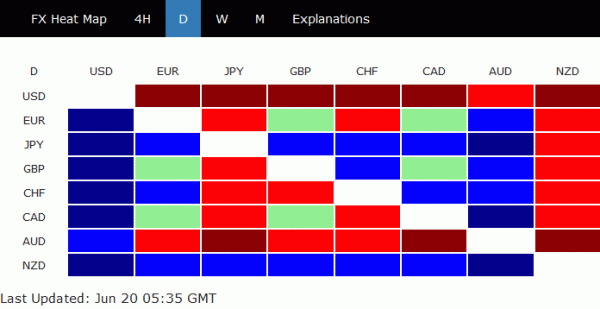

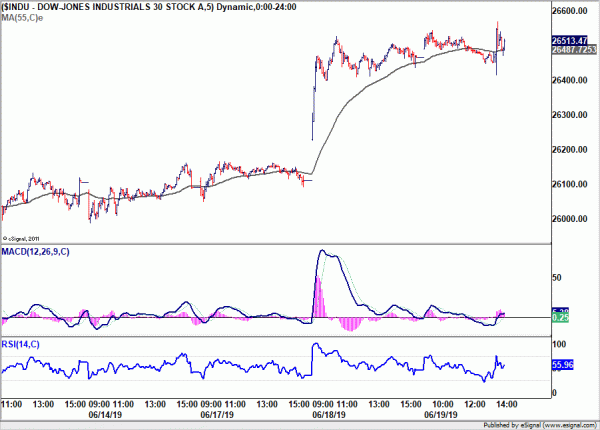
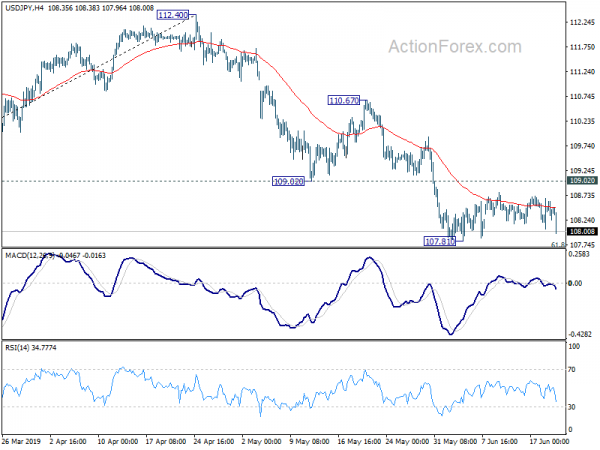
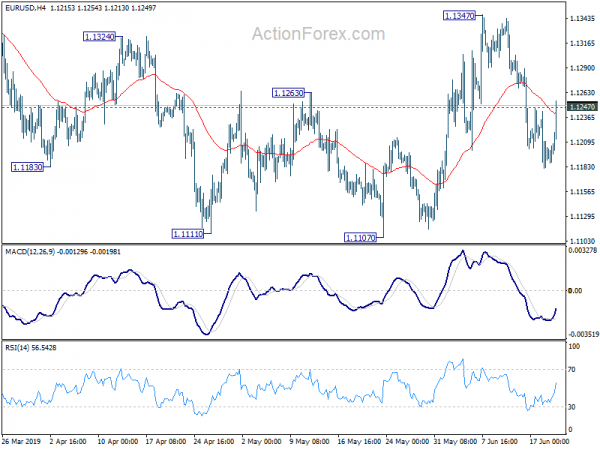
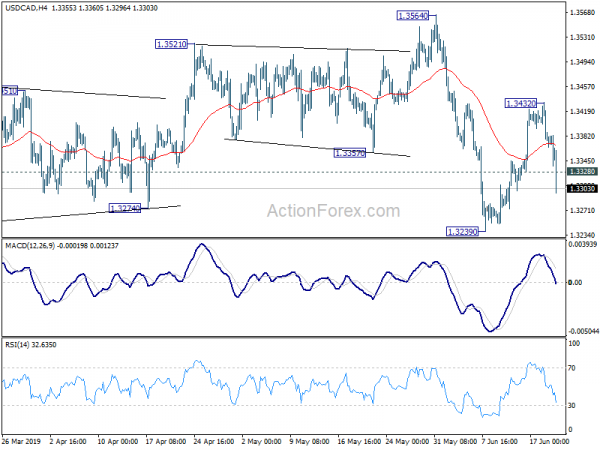
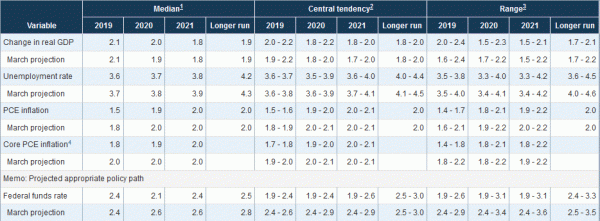
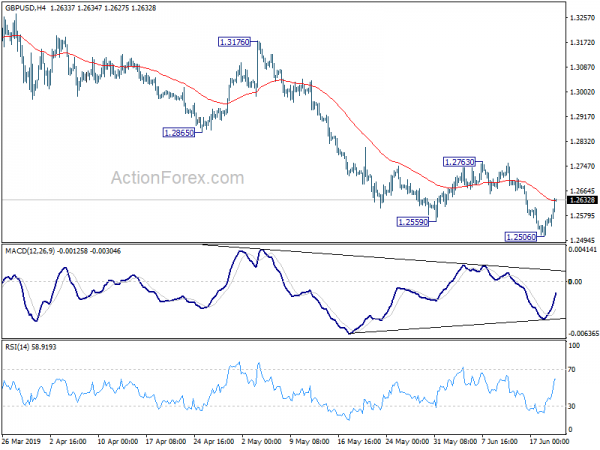
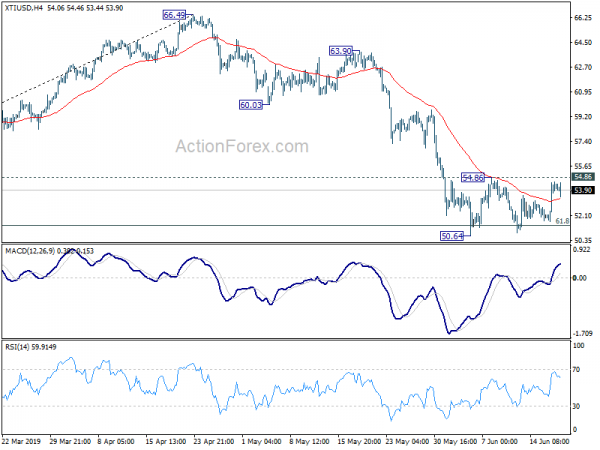
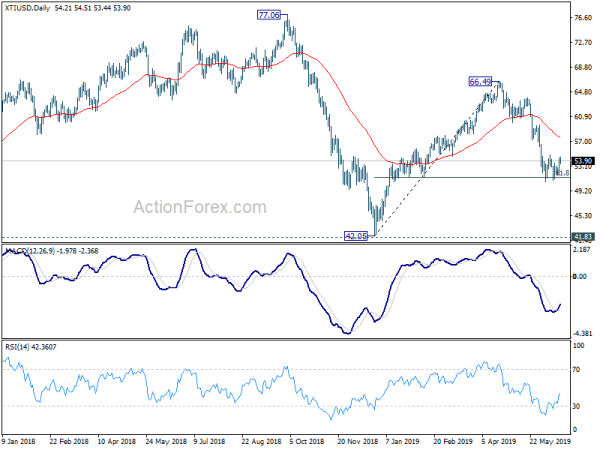
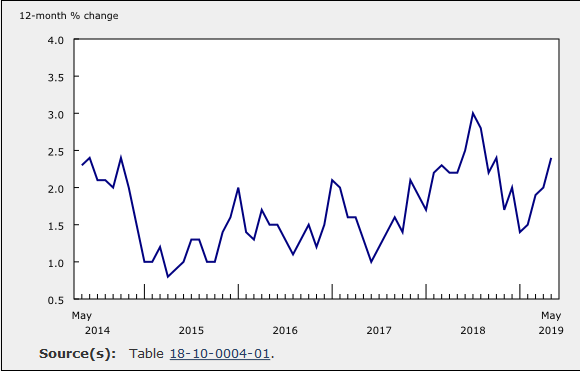
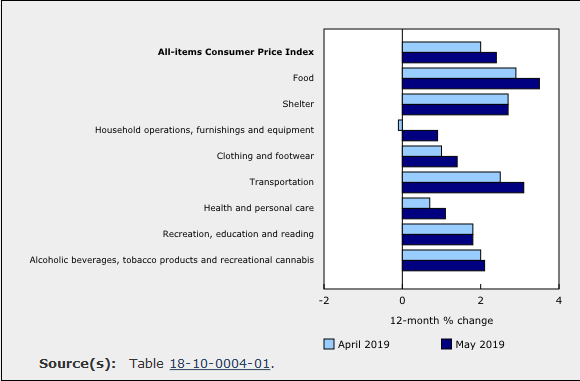
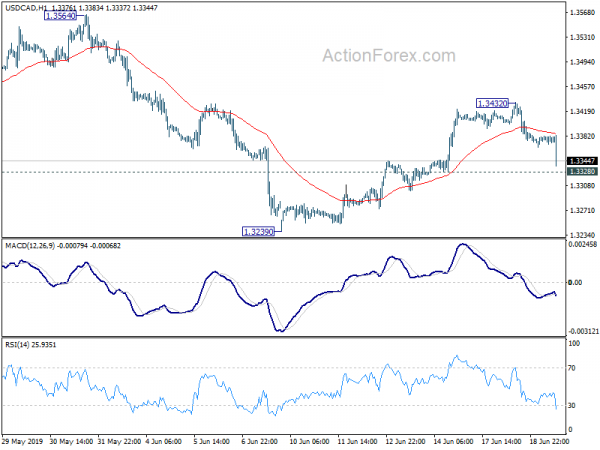
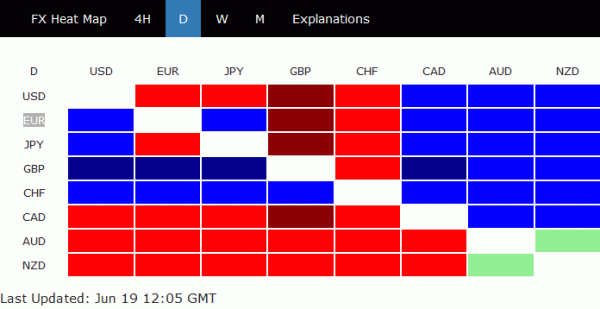
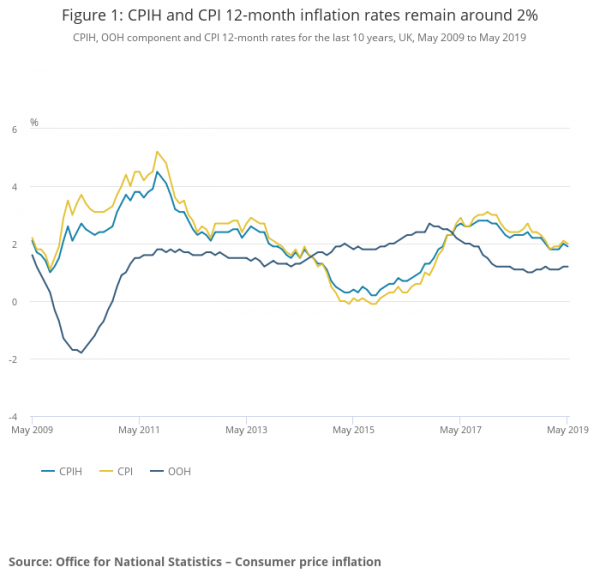
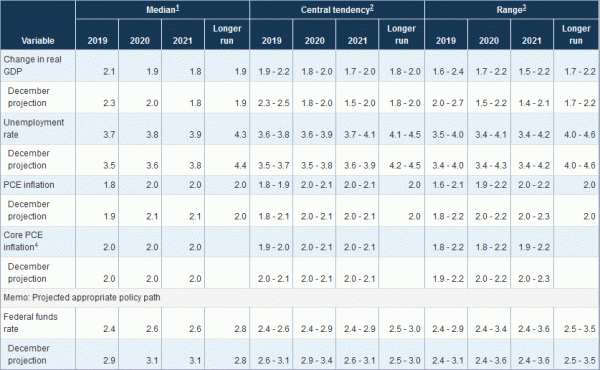
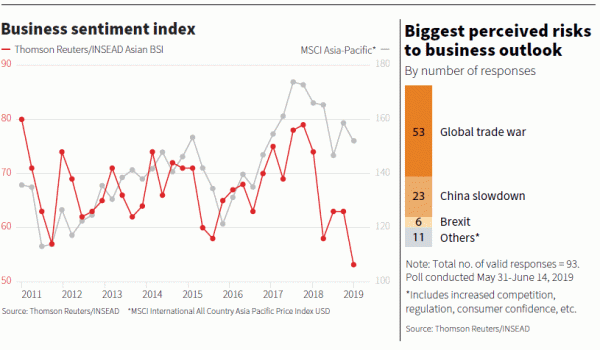
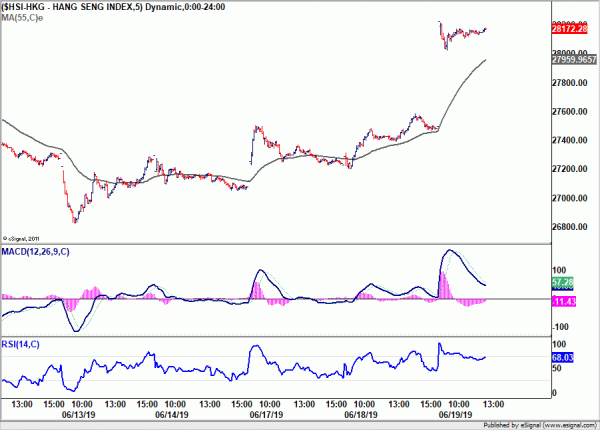

BoJ warns of significant downside risks concerning overseas economies
BoJ left monetary policy unchanged today as widely expected. Under the yield curve control framework, short-term policy interest rate was kept at -0.1%. JGB purchase will continue continue to keep 10-year JGB yield at around zero percent, with some flexibility depending on developments. Monetary base is expected to increase at around JPY 80T per annum. Y. Harada and G. Kataoka dissented again in 7-2 vote.
In the accompanying statement, BoJ warned that “downside risks concerning overseas economies are likely to be significant”. Risks include US macroeconomic policies, consequences of protectionist moves and their effects, emerging markets such as China, global adjustments in IT-related goods, Brexit and geopolitical risks.
Though, BoJ maintained that Japan’s economy is “likely to continue on a moderate expanding trend”. Domestic demand is expected to follow an uptrend. Exports are projected to show some weakness, but would stay on a “moderate increasing trend”. CPI is likely to increase gradually toward 2 percent, mainly on the back of the output gap remaining positive and medium- to long-term inflation expectations rising.
Full statement here.